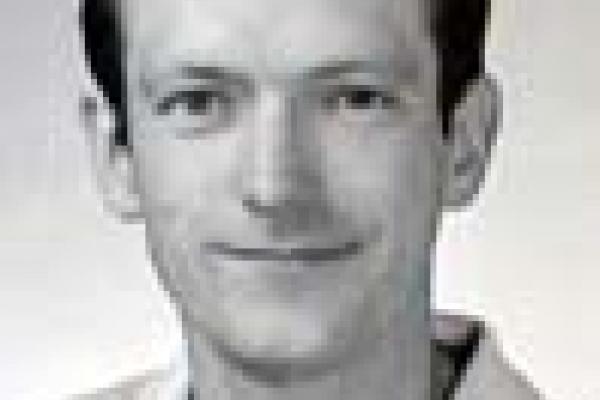
The era of discovery has begun at the Large Hadron Collider (LHC) laboratory in Europe. The Higgs boson excitation of the vacuum condensate responsible for electroweak symmetry breaking and the origin of mass for elementary particles was discovered in the summer of 2012 in proton-proton collisions at 8 trillion electron volts of energy during the first run of the LHC. Since the initial discovery, a systematic program of measurements has yielded a wealth of information about the Higgs boson properties, including tests of the Higgs mechanism itself. In the summer of 2015 the LHC will begin a second run at 13-14 trillion electron volts. The increased energy and luminosity available during the second run will allow the first definitive experimental investigation of the physics underlying electroweak symmetry breaking in the Higgs sector. During this run the LHC may also uncover new symmetries and forces of nature, open up heretofore unseen quantum super-dimensions of space-time, probe the physics responsible for the matter--anti-matter asymmetry of the universe, or directly produce and measure the properties of dark matter particles. A similar era of experimental investigation into uncharted territory at the energy frontier has not existed for nearly 40 years.
